8/25/16 Today was another incredible day of experiences. Let me tell you all about it and start off with the word of God.
Isaiah 56:5 Even unto them will I give in mine house and within my walls a place and a name better than of sons and of daughters: I will give them an everlasting name, that shall not be cut off.
These are the scriptures that were read to us when entering the museum called Yad Vashem which means “a name” in Hebrew. We might use the term Holocaust, but our guide pointed out that the term itself means “burnt offering” in Greek, putting a religious connotation on the attempted genocide of the Jews’ existence. They don’t allow pictures to be taken inside. The architecture and layout of the museum is structured in a way to immerse the visitor into what happened that others might remember. Jews are excellent in commemorating what has happened to them in the past and this is attributed to the fact that God would tell them to remember. I’ve placed a star by the unique ways the layout is constructed to help facilitate memory. The Yad Vashem gives a name to those that Germany was trying to eliminate.
An interesting fact about the museum is it was intended for the purposes of educating the Jews about their history and doesn’t include the same subtext of others such as the United States Holocaust Memorial Museum in Washington, DC. The museum (Yad Vashem) was designed for Jews and not the world. Going into the museum, it is actually designed to cut into the mountain side to parallel like a “knife in the heart” and we actually had to cross a bridge to enter it to connect the past to the present*. The museum is constructed so as you are entering, you are able to see images from the 1930’s from life prior to the concentration camps. There are authentic images and clips of women, men, boys, and girls running and doing the simplest of human tasks during that period. The museum then takes a turn and these images from that period are at your back as you begin to walk down a ramp to represent the descent of normal life*.
The first exhibit shows the burning of books as we zigzag through the exhibit that doesn’t allow you to move from the beginning to the end without going through each section. This exhibit shows how Hitler was able to rise to power within a democratic government with the use of propaganda. This section noted how the ideas of Darwinism and natural selection were used to shape a perspective of letting the weak die so the strong can emerge. There were images that vilified Jews by showing that they would either abuse their women or take advantage of men’s property as attorneys. They also began using film as a medium for this agenda and introduced concepts to children in school. They used math equations that included the elimination of Jews and board games with an obvious educational bias. The bias first began with the language and then became more focused on physical features such as the size of their nose.
We then learned that initially, Hitler attempted to implement a policy that would boycott the Jews, but this was too difficult because of how deeply the Jews were integrated into the economy. One fact that blew my mind was that the first concentration camp opened 6 weeks after Hitler was installed into office and was only supposed to be for the purpose to educate and release persons back into society. Our guide noted that the Jews had three options – protest, stay, or leave. Fifty percent of the Jews chose to leave during this time, but unfortunately, many of them were captured and died when the war started. Those that attempted to protest were silenced with a form of “collective punishment” – a tool of control that would include murder of entire families or communities due to the actions of a single individual.
The Aryans were the ones who literally engineered and industrialized mass murder. They used different techniques in Europe to shield their people from what was happening or guard the soldiers from the trauma. During the war there was approximately 3 million Jews in Poland and many of them were ultra-orthodox fitting the very physical description of the propaganda. In other areas, Jews would be placed in ghettos that had serious sanitary issues. Can you imagine 35 people sharing one bathroom? In addition to this they were given food ration cards and if a family member passed away they would continue to use the card until the body decomposed putting the families health at risk. In the ghettos, some were of the mind that they should show themselves to be viable workers and create a need for their labor through the economy. Eventually the sick and old were removed and taken to concentration camps.
The Jews then began to take steps to help them remember this period of their history and this was important since the Nazis destroy all evidence of any concentration camps. One man by the name of Emanuel Ringelblum began to capture and store diaries and other pieces of information from the period. He actually used Jewish women that had blond hair and blue eyes to smuggle this information to him. He couldn’t use boys because if there was ever any doubt about their heritage they would force the boy to remove his clothing and know that he was a Jew because he was circumcised. Ringelblum eventually gathered all of the items in 10 silver boxes and hid them before he was executed. But one person that survived knew where they were buried and retrieved them after the war.
The concentration camps were designed to eliminate face-to-face killings by the soldiers due to the trauma. The gas chambers were actually structured to trick the unsuspecting victims. The soldiers would remove all of the inmates clothes and tell their prisoners they were taking a shower. This was further emboldened by the fact that they would have Jews handing them soap to enter into what they thought was a shower. There was actually a sign that had the words “keep them deceived until they all die”.
The story then turns to a Hall of Names that captures the names of 4.2 million people in records. There are images that ascend in the hall all the way to the ceiling and their are binders that captures the names of each person. It is believed that there are still over 1 million people that died that remain unidentified. This was really an emotionally overwhelming experience all throughout the exhibit.
The monument then ascends outside to a children’s monument but it is clear that as you turn around you can see the original images all the way at the beginning as well as the zigzag of exhibits traversed as we ascend to the exit that has an amazing view of the horizon in front as you exit*. The children’s museum was unique as well. There were over 1.3 million children that were murdered during this time and as you pass through the exhibit, there are images of the children that were murdered and their names were being read over the loud speaker. This really humanized this ugly time in history in a way that was overwhelming. What I loved was how the scriptures were incorporated at strategic points in the museum and the arch that leads in and out of the location has:
Ezekiel 37:14 And shall put my spirit in you, and ye shall live, and I shall place you in your own land: then shall ye know that I the Lord have spoken it, and performed it, saith the Lord.
On the bus, I had a moment to reflect and just really thought about this as a father, a husband, a brother, a son, a pastor, and a black man. This was hard to digest knowing that the creation of ghettos and the execution of persons had obvious parallels for me. The attention and lengths taken to remember all that happened was transformative in a way where I began to wonder how I could apply this. I then prayed and asked God to give me His love and conviction that my actions would stand the test of time — that I would live with faithfulness to what is right and wouldn’t compromise under pressure.
You may not know this, but this is an educational trip and the next half of the day was exactly that. We actually met with a member of the Fatah, a Palestinian political party, to understand his perspective of why the Israelis and Palestinians are unable to reach a peace agreement. This area was actually within the West Bank and required that we travel in an armored bus. And we had a police escort.
Praise Jesus for safety.
We meet in a nice hotel and it was good to speak with the representative on his turf.
During this time he outlined what he considered are the five key issues of security, refuges, access to Jerusalem, a freeze on settlement expansion, and water issues. Two things that stood out to me were his mention of a lack of leadership courage and that a country with leverage over both countries would have to assist in the development of an agreement. We also had a really good lunch as well.
We then traveled out of the area to meet the spokesperson from the Office of the Israeli Prime Minister to hear his perspective.
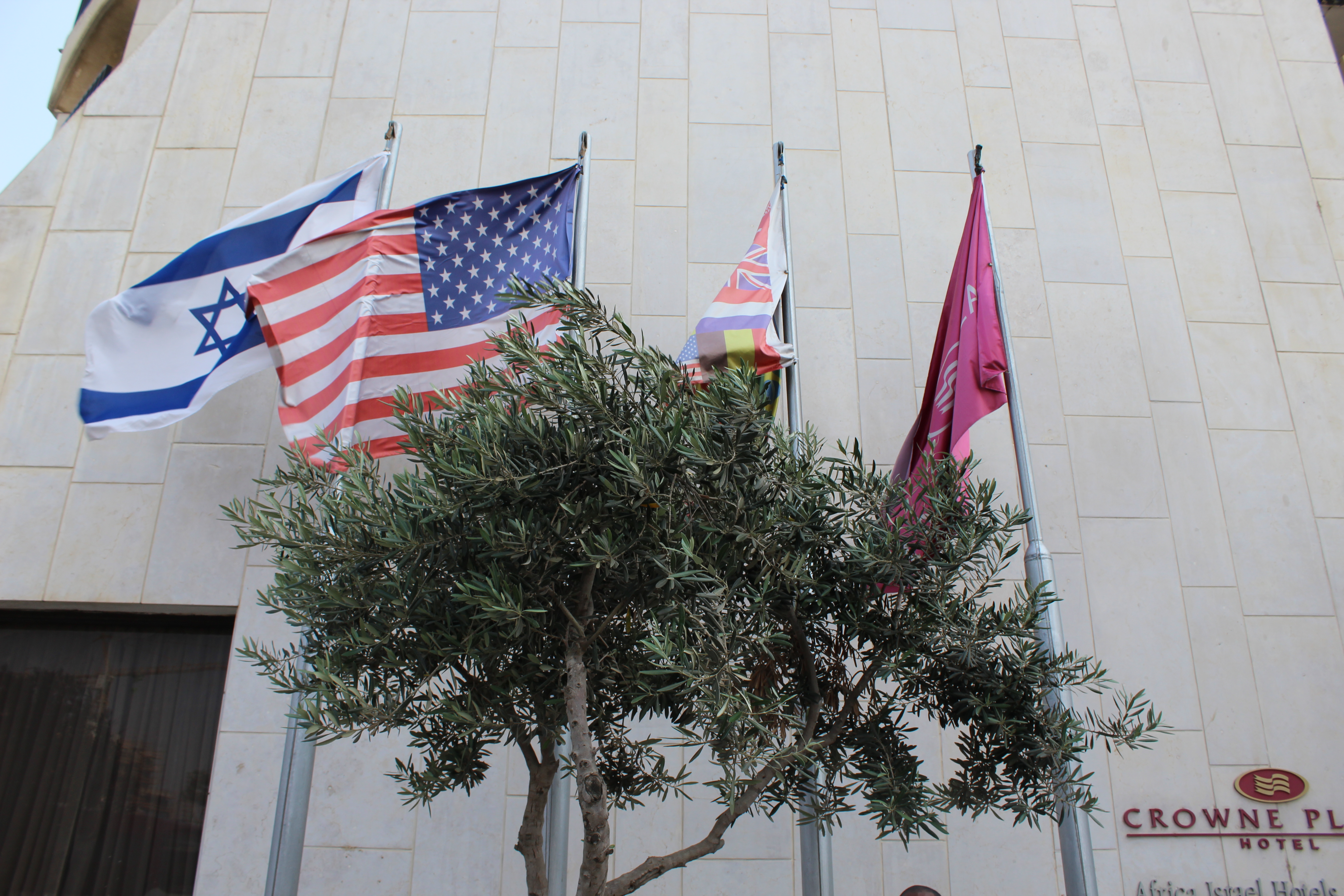
He encouraged us to research everything mentioned to us by him and doesn’t think (based on things mentioned on Palestinian media) that Palestinians believe in a two state solution. He indicated that the other side doesn’t think there is a place in the Middle East for Israel and that they desire to hold all land in the area. He brought up three key issues which were: 1) the other side rejects a Jewish state solution, 2) seeding negativity in children’s minds, and 3) they are unwilling to sit down for a meaningful discussion between the two. Obviously there is a disconnect between the two states.
Later in the day we traveled to areas to observe the security fence between the two states and discussed the conflict. In the spot selected you can not only see the security fence but in the horizon you can actually see a green/turquoise dome that is considered to be the birthplace of Christ in Bethlehem.
Later that evening we met with a former diplomat in foreign affairs to talk about diversity and a group of entrepreneurs to discuss the technological advancements that are being developed in Israel. One entrepreneur who runs a non-profit that installs solar roof tops in Africa extended an invitation to let any of us go with her.
Oh yeah, and dinner was really good too.
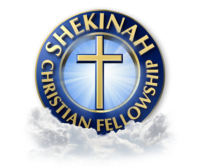




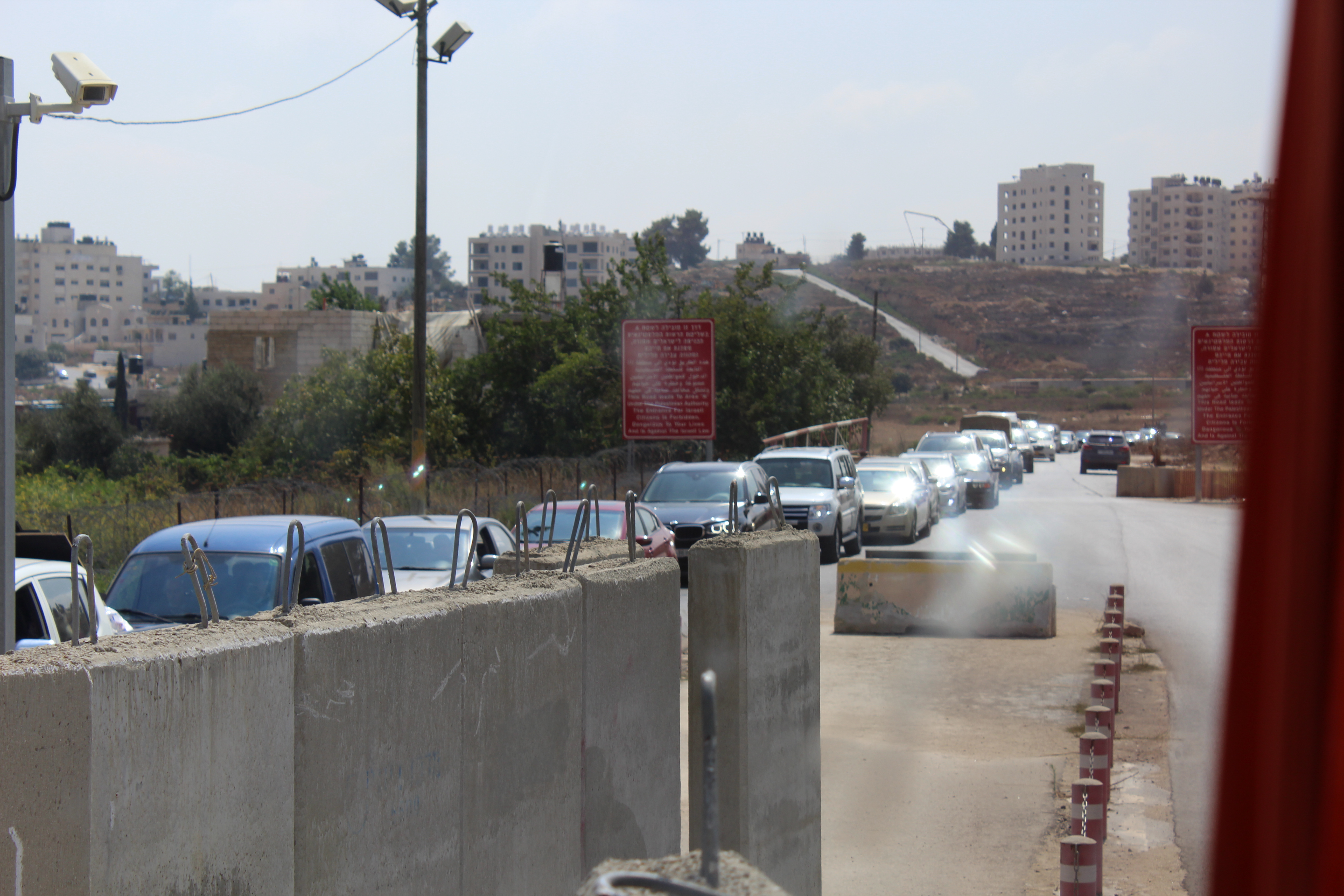
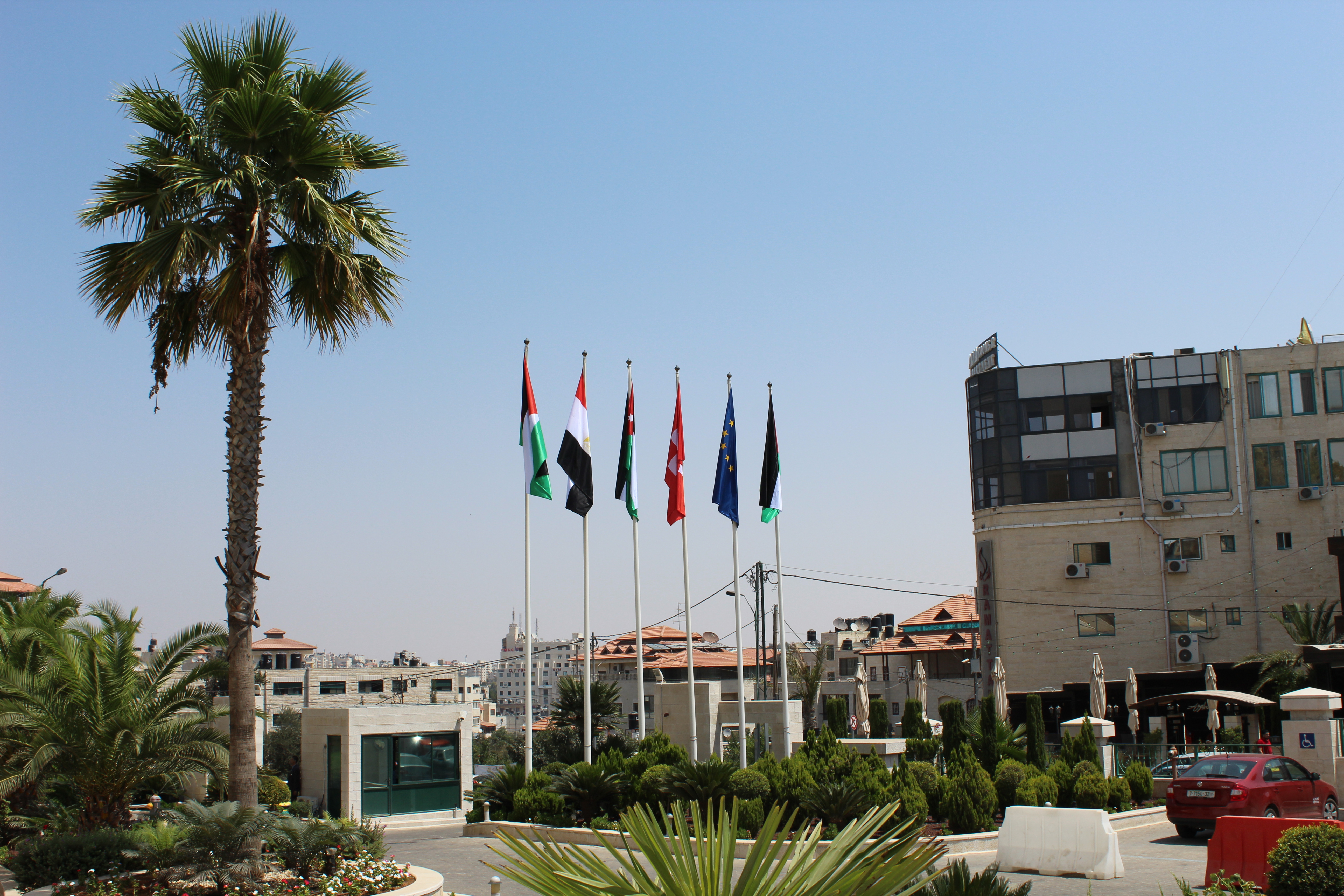
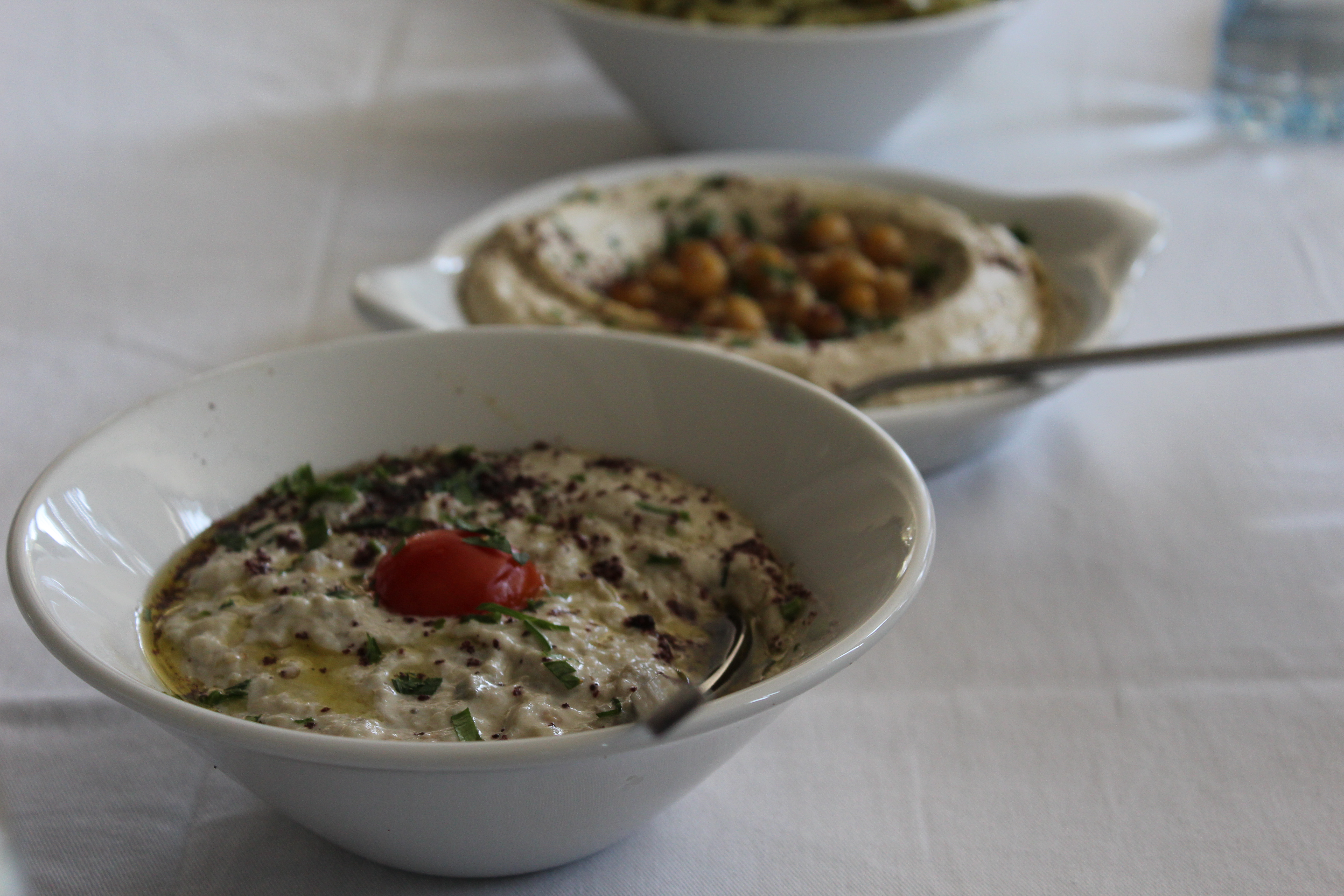
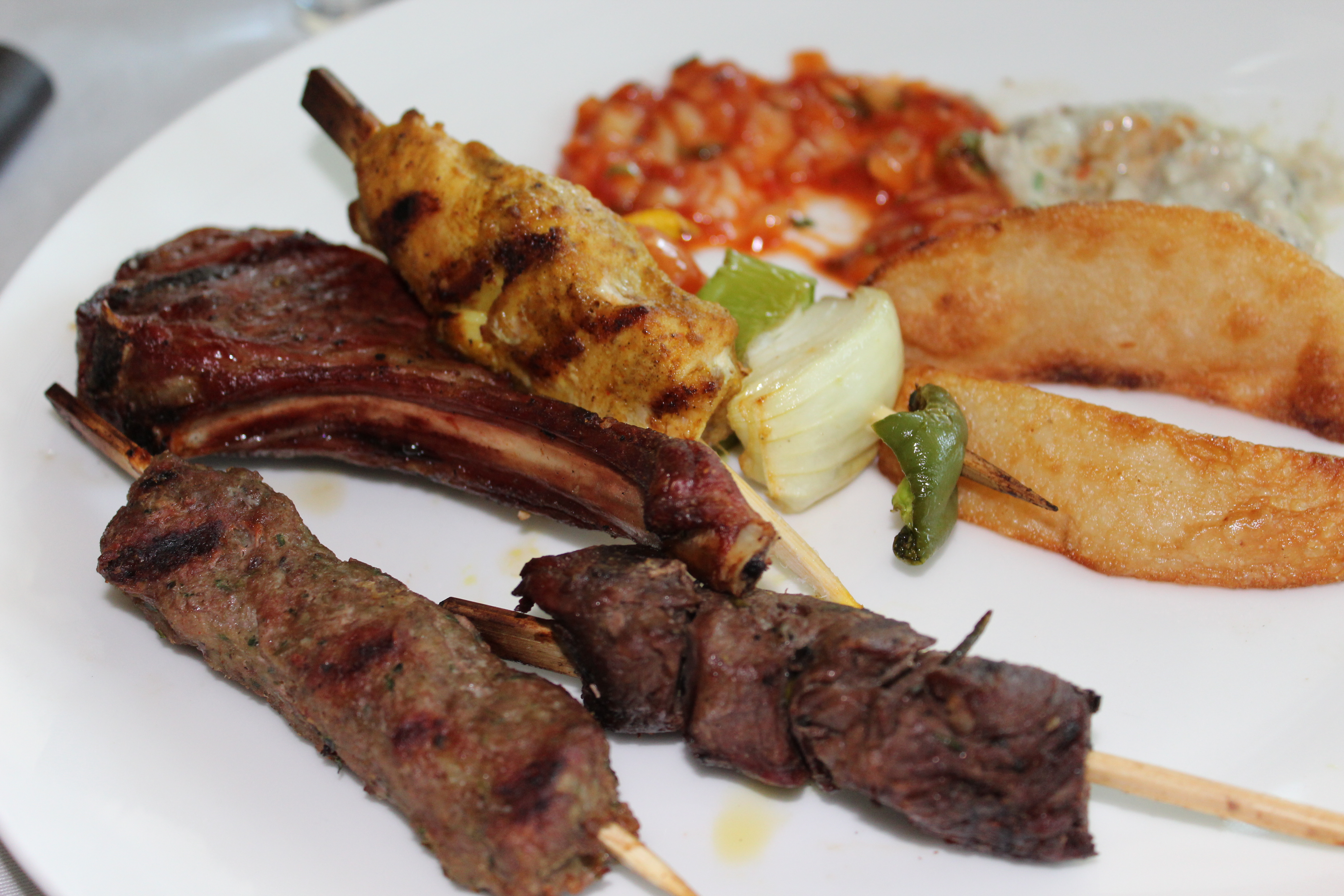
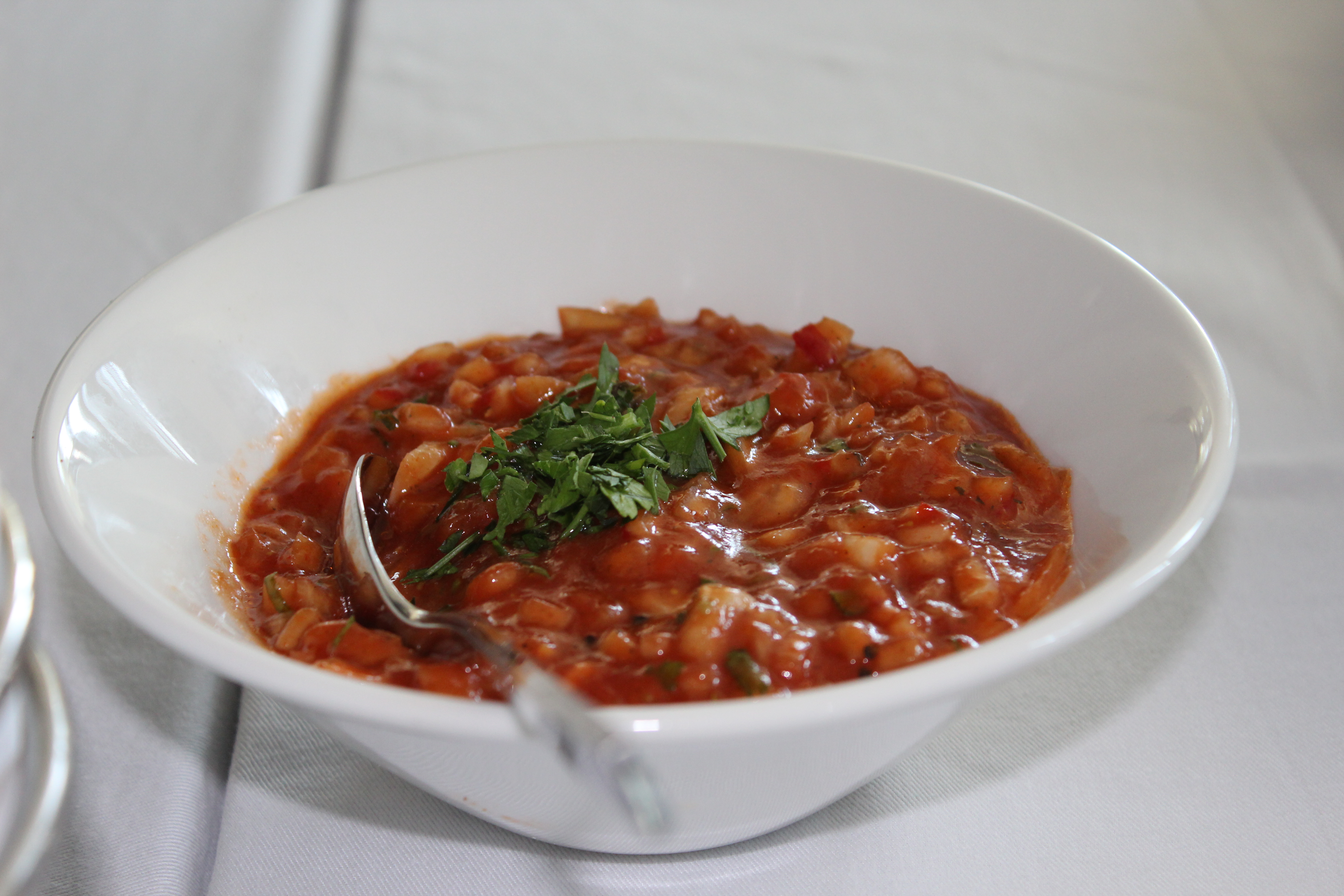
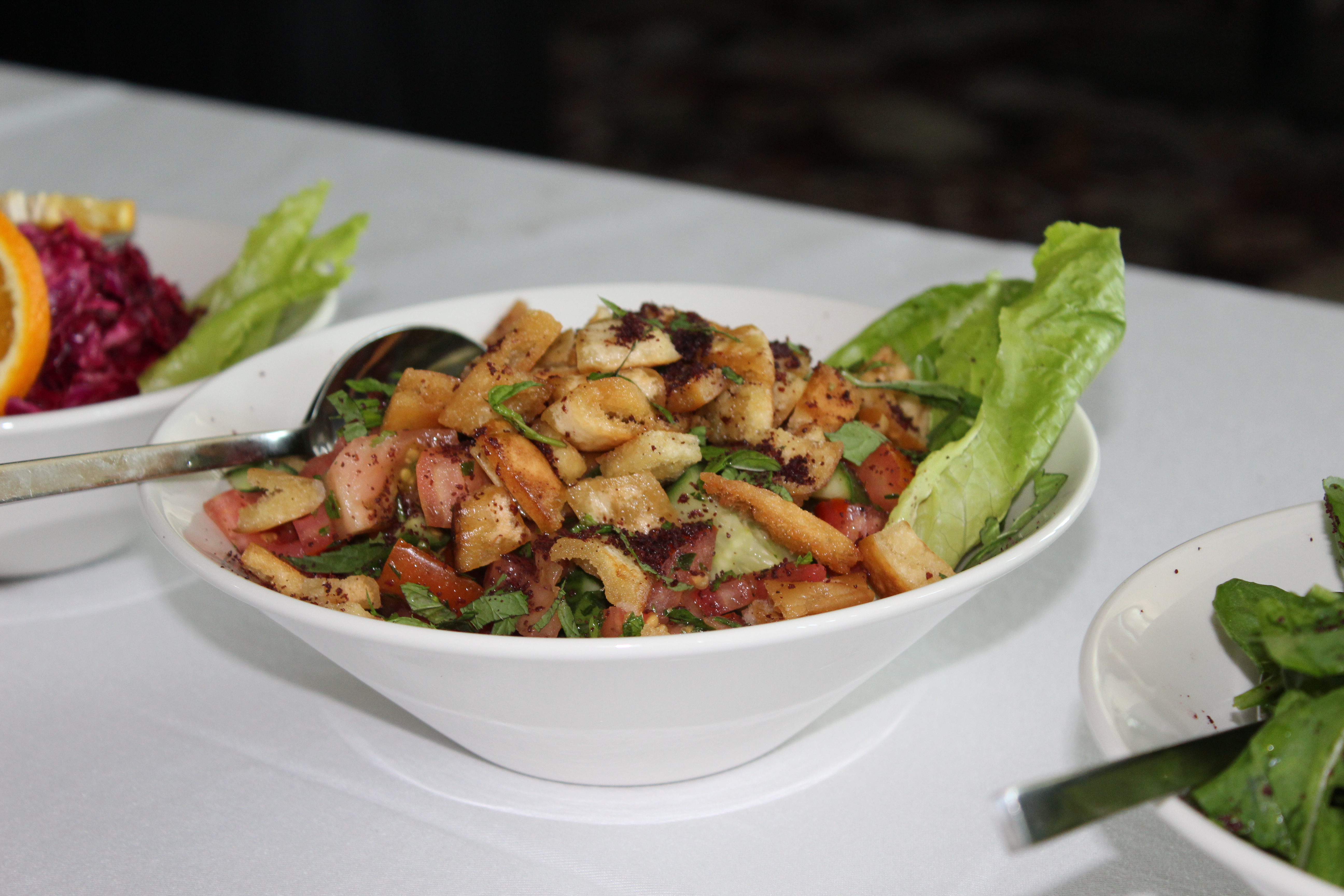

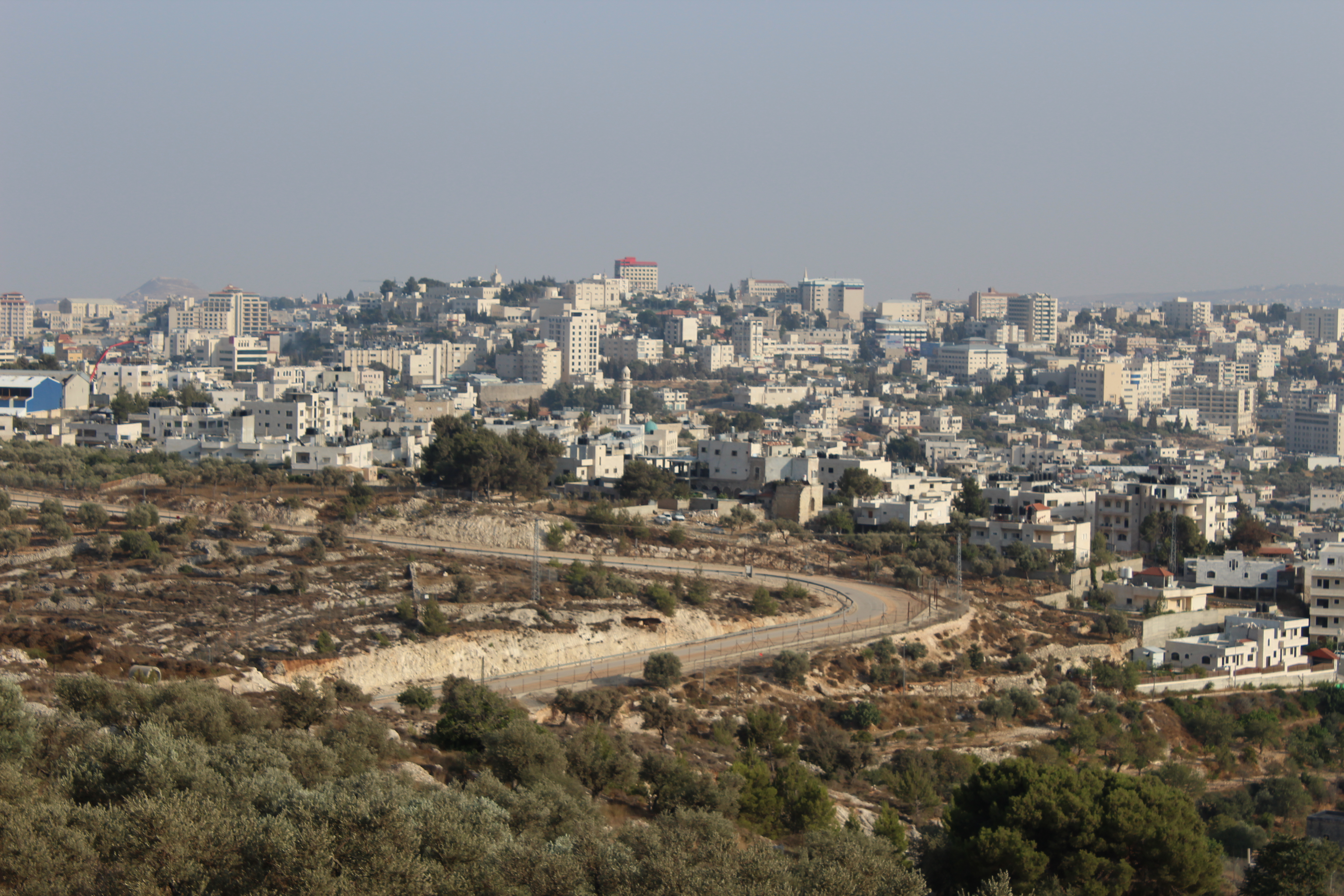
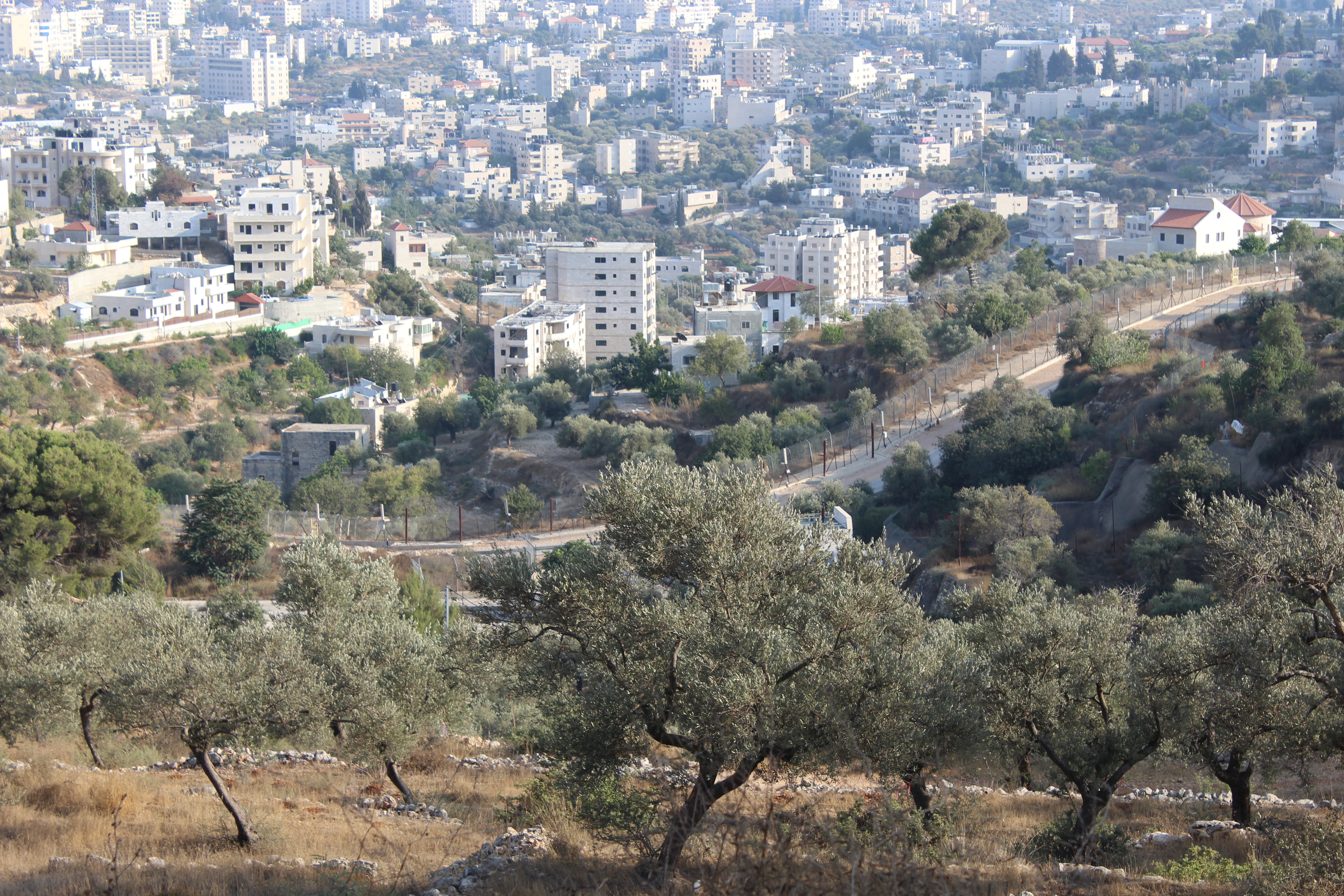
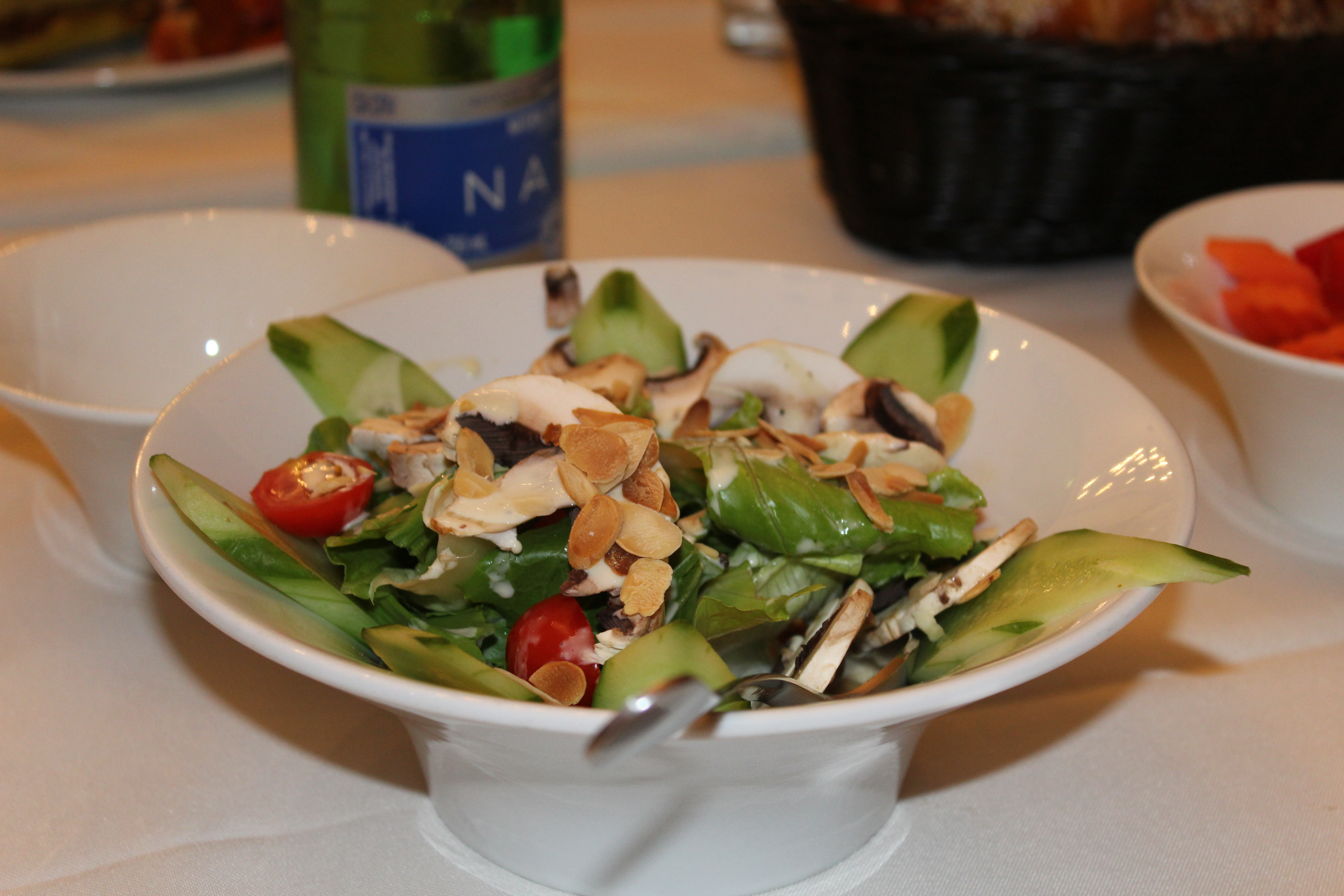
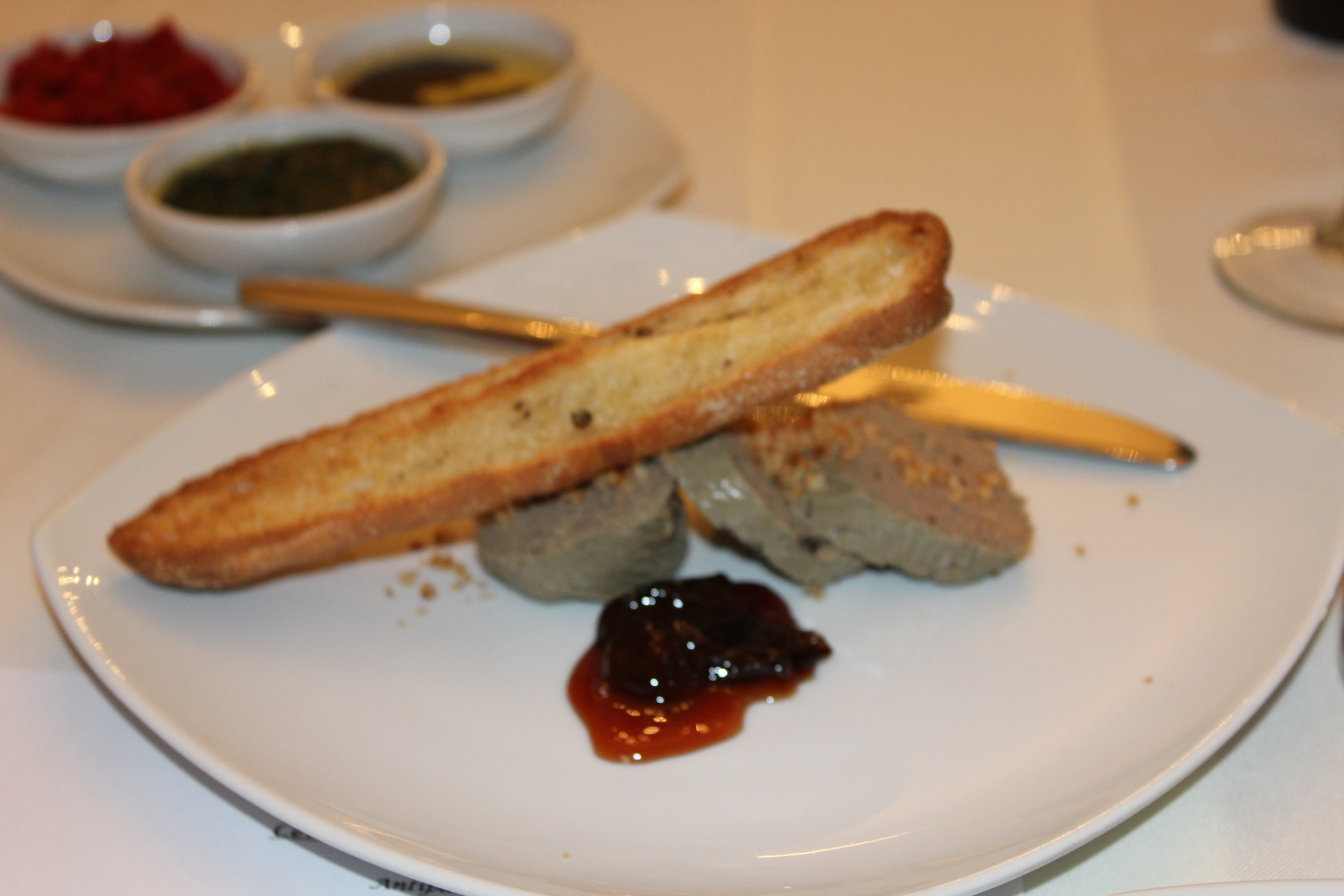
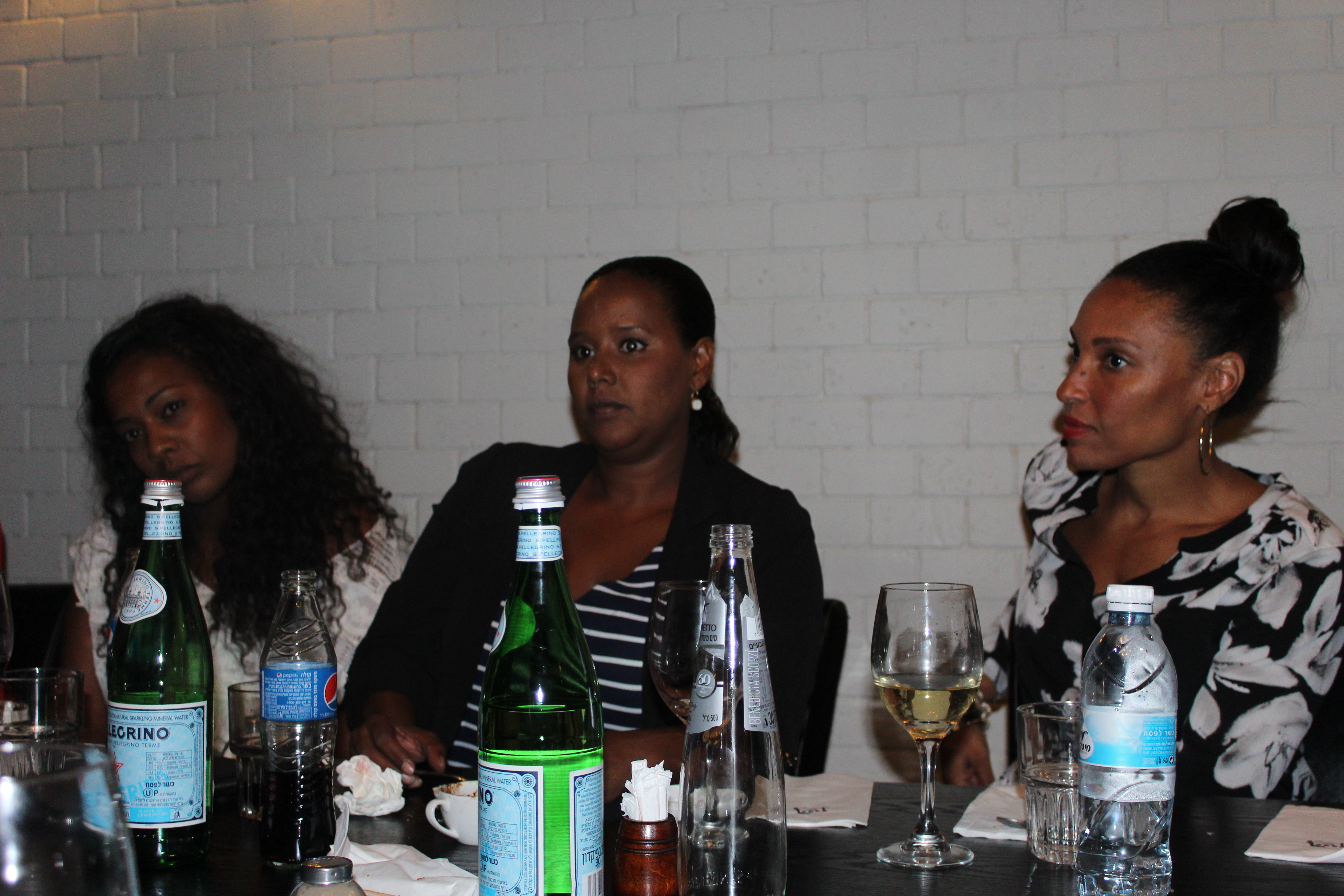
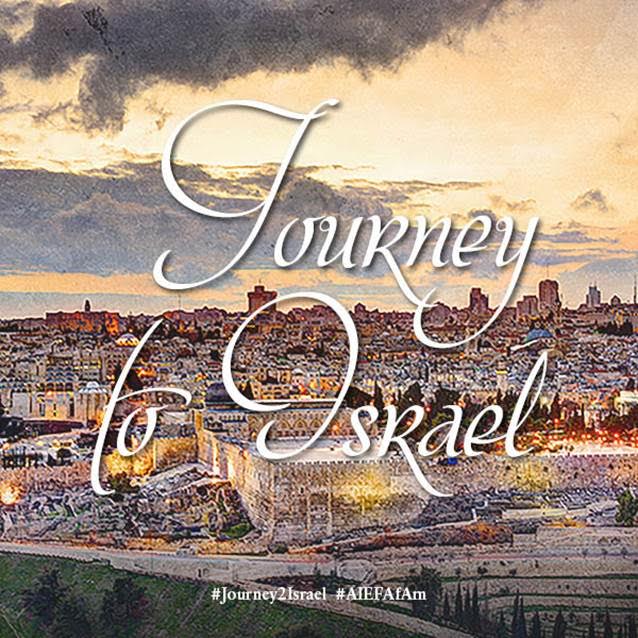


7 thoughts on “Journey to Israel: Yad Vashem & Israeli-Palestinian Peace Talks”
WOW! This is deep. I’m feeling so many things right now based on what you shared, and as you stated the parallels of being Black. What a powerful journey! And the Palestinian/Israeli conflict. We have to schedule a meeting so I can hear more. Again, thank you for taking the time to document this for us.
What an amazing experience! You have such a wider perspective on so may aspects of the Jewish culture and heritage as well as the current challenges Israel and Palestine face. I am excited about the insight your trip will provide.
“They that trust in the LORD shall be as Mount Zion, which cannot be moved but abideth forever. As the mountains are round about Jerusalem, so the LORD is round about His people from henceforth even for ever.” -Psalm 125:1-2
In your visit to Yad Vashem, you wrote, “This was really an emotionally overwhelming experience all throughout the exhibit.” Then after soul-searching some of the parallels to your own history you prayed….for spiritual application…that you would not fail to remember!!
Pastor, Thank you for showing us the Jewish cuisine…your meals look
delectable, delicious, nutritional and tasty!!
Thank you Pastor for sharing this incredible journey with us. I appreciate your perspective of the history of the Jews. It’s such an honor for me to know that I know someone who has seen the historical places that are mentioned in the bible in the country I’ve seen so many times on tv. I look forward to the next entry in this journal. God bless you and keep you safe.
Thank you, Pastor, for being so humble in sharing your educational experience. It is a blessing to me and others as you are witnessing the history of others through their eyes of understanding. For this experience has caused you to draw on the strength of the Lord in reflecting on your own history. Thank You, God, for making a way for Pastor to come into this knowledge on foreign grounds. May you continue to bless him and protect him as Your servant brings You glory. Amen! In Jesus’ name.
Pastor…..Thank you for sharing every glorious moment!!!!..As I read each entry,I literally can hear your voice and intonation in every sentence.I realize I have even a greater challenge now to learn more of the history of the Bible.The prayers of the righteous are continually keeping you and all participants in prayer.
All Glory to God..Seer